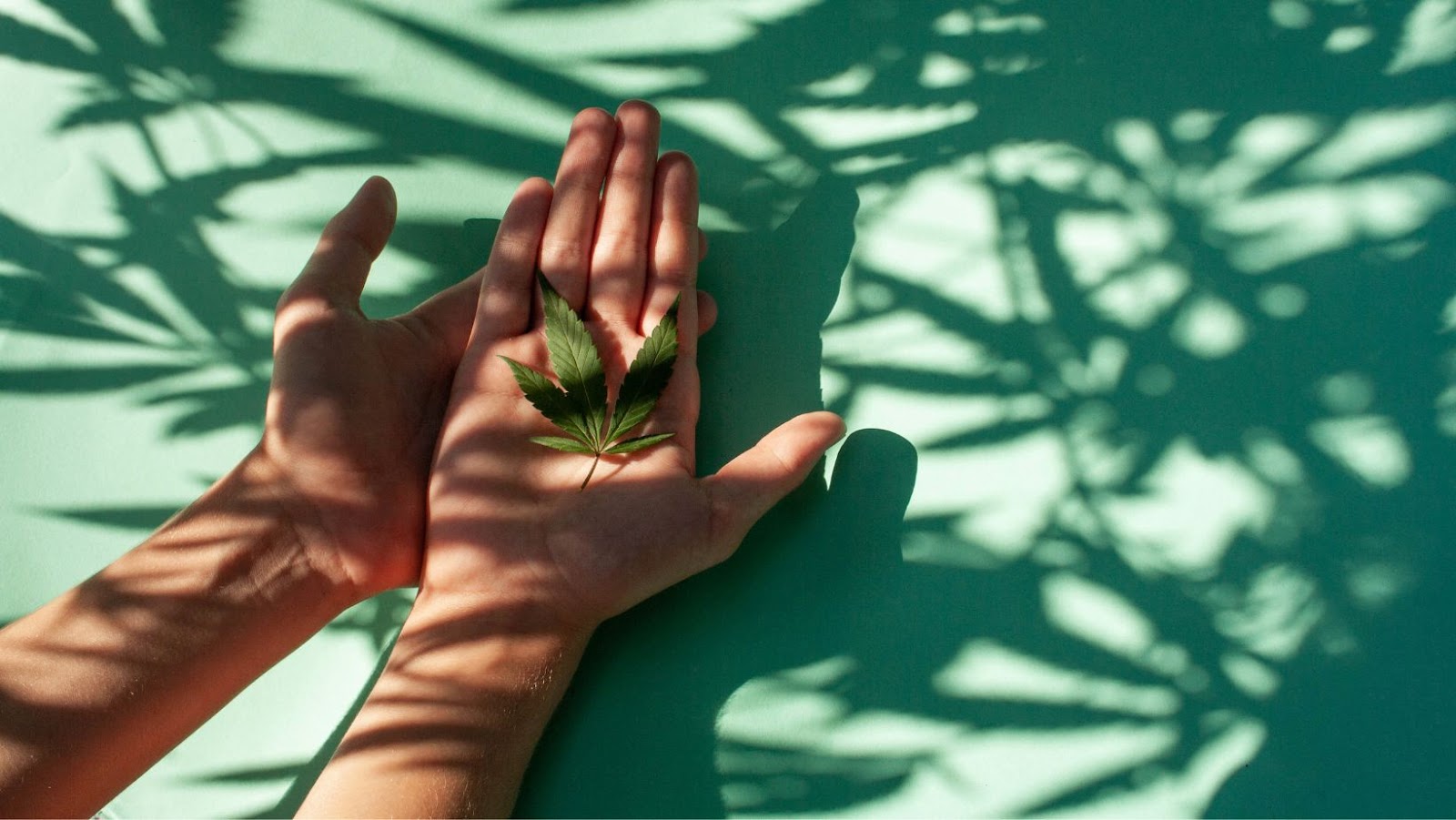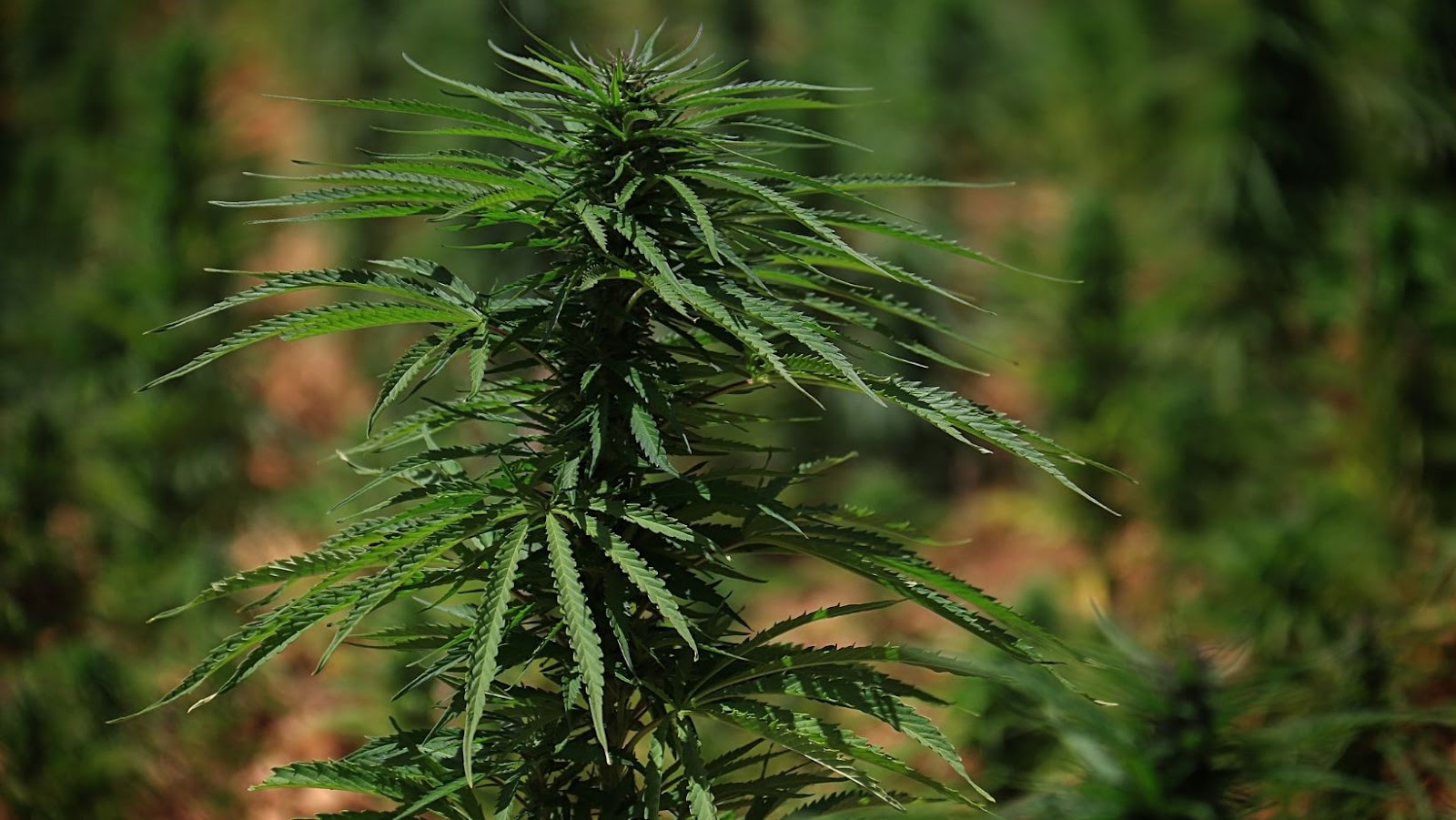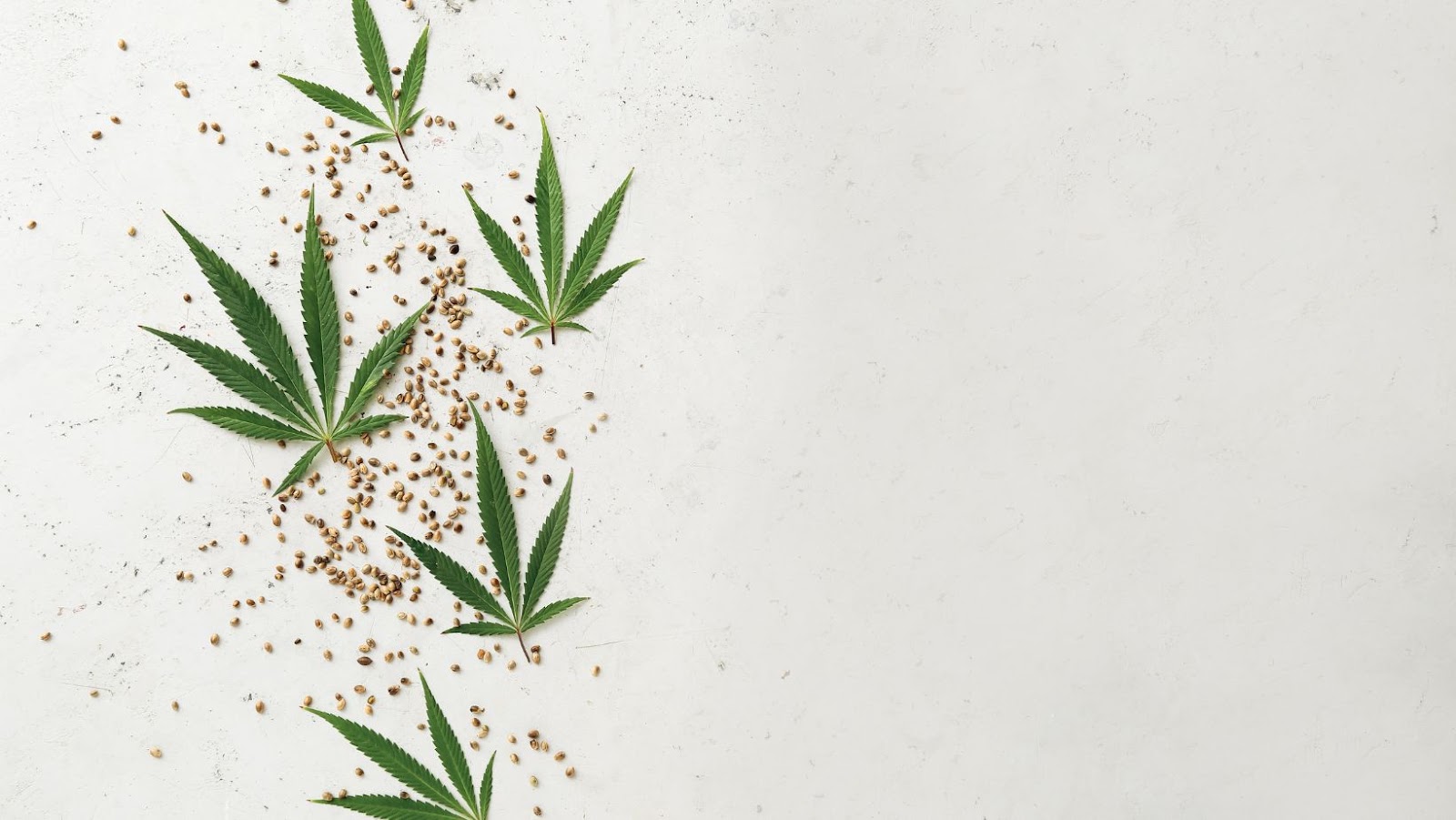There are hundreds of cannabis strains, each of them having different characteristics that affect their flavor, aroma, growth, and effects on consumers. Yet, all strains can be grouped into one of three cannabis varieties – Sativa, Indica, and Ruderalis. This post focuses mainly on the distinct features of the Sativa subspecies and its peculiarities so that average gardeners can have a better idea of what to expect in their cultivation experience and successfully grow their first plants.
Understanding Sativa Genetics
Before you buy Sativa seeds, you should become acquainted with Sativa cannabis origin and the specifics of its cultivation. It is important to know that this variety originates from equatorial regions in Southeast Asia and South and Central America, including tropical countries such as India, Mexico, Colombia, Thailand, and Jamaica. These plants prefer warm climates and have adapted to the weather patterns where they were initially cultivated. They need higher humidity, plenty of sunshine, and high temperatures.
The plants have a tall and thin structure and can easily reach 4 meters in height when planted on the ground. Their leaves are slim and pointed. Sativas require a large amount of space and are best suited for outdoor growth. Thanks to their airy bud structure, they are resistant to molds but weak against insect attacks. They feature a longer flowering period than Indicas but deliver higher yields.
Steps of Growing Sativa from Seeds
Experienced gardeners claim that growing Sativas is more difficult than growing Indicas. There are several main stages that cannabis Sativa seeds go. During a preliminary stage, beginning growers can use the paper towel method for successful seed germination by damping a paper towel and placing marijuana seeds between 2 sheets. In a few days, the seeds will open and form tiny white radicles. It is a sign to transplant them into the soil. It is better to use quality soil with a pH level of 6.5-7.2 and avoid compacting it.
Germination
Germination is a period when a weed seed sprouts out of the ground, with its roots growing down into the soil. Typically, it occurs in 4-7 days. Try not to overwater the seeds during this phase; otherwise, delicate sprouts may suffocate.
Seedling
This stage marks the transformation of sprouts into baby plants. During the first few weeks, they are sensitive to humidity, direct light, and heat. The plants are ready for transferring into a larger pot when they develop 4-5 sets of leaves and have visible white roots. During their first 2-3 weeks of growth, they don’t require fertilizers.
Vegetative
Young cannabis plants grow quickly, developing new branches, stems, and fan leaves. When the plants are 15-20 cm tall, you can start feeding them. It will promote their cell growth and support normal functioning. While cultivating Sativas in a greenhouse, provide proper lighting and install an effective ventilation system.

As Sativa plants have less chlorophyll than Indicas because of thin leaves, they require sufficient humidity, light, and heat. Try to monitor these measurements regularly. If you grow cannabis indoors, ensure changes in light cycles for your garden.
Flowering
Mature weed plants start producing buds that will be harvested and consumed. During this stage, the plants require more nutrients. In 6-7 weeks, their trichomes start changing their color from clear to milky white, and the pistils begin to curl inward.
During their blooming phase, Sativas continue to grow and can gain up to 200% of their vegetative height. When trichomes change their color from white to amber or brown, it is time for harvesting. The plants emanate a pungent aroma and stop growing in anticipation of bud pollination.
Growing Sativa from Clones
A marijuana seed carries genetic information from both parent plants. It can express these traits in different combinations: from the mother, from the father, or a mix of both. Commercial growers plant many seeds of one cannabis strain and choose the best plant. Then, they take clones from this plant which allows for preserving consistent genetics for mass production. This process is also called asexual reproduction.

Clones are cuttings that allow you to reproduce the plant identically to the mother plant, with the exact flavor, yield, and cannabinoid profile. This method is easy and suits beginning home growers who don’t need to germinate seeds and discard male plants. Like seeds, clones are sold at dispensaries and seed banks; however, it is easier to buy Sativa seeds than clones. Besides, a plant grown from seeds is more hearty and has a stronger taproot. Another drawback associated with clones is they can take on negative genetic traits from their mother. Also, clones tend to degrade over time.
Bottom Line
Sativa seeds can successfully grow indoors and outdoors if gardeners provide and control the appropriate environmental conditions in a grow room and in the open air. Finding quality Sativa seeds for sale is crucial, but it is also essential to ensure the right lighting, temperature, humidity, and feeding. Sativa’s growth cycle includes a series of stages. All stages have unique demands, and knowing the peculiarities of each lifecycle will help cultivators grow healthy plants and get generous yields.




























































